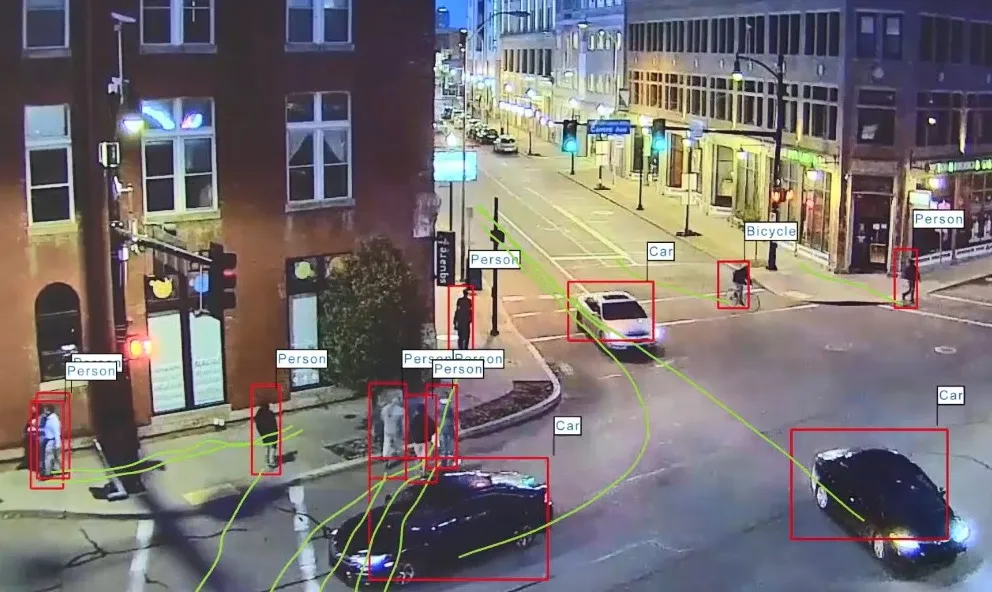Rear View Safety will launch its RVS-112-W Waterproof Backup Sensor Reversing System (RVS-112-W) in early 2018. The system is designed with the intention of warning drivers of potential obstacles behind their vehicle up to 8ft away.
December 22, 2017
Read time: 1 min
Rear View Safety will launch its RVS-112-W Waterproof Backup Sensor Reversing System (RVS-112-W) in early 2018. The system is designed with the intention of warning drivers of potential obstacles behind their vehicle up to 8ft away.
RVS-112-W is an upgraded version of the RVS-112 Backup Sensor Revering System and enables the operator to install the control module outside the vehicle to provide user flexibility on installation location.
The solution uses ultrasonic echo location sonar technology which is activated when the driver engages in reverse gear. A 4-zone audio pulse intensity increases to alert the driver and the audio frequency changes as the vehicle moves closer to an obstacle. These sensors automatically ignore stationary, permanent objects, such as truck steps, up to 30cm away.










